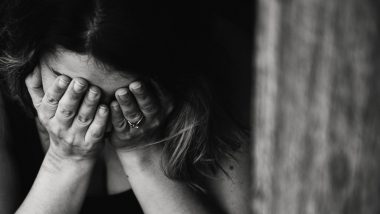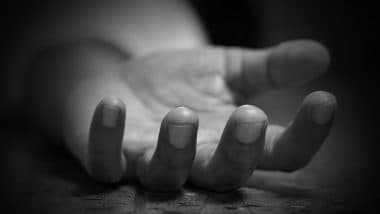Quite a lot of people suffer from claustrophobia where they fear crowded or tight spaces. It is a situational phobia caused by irritation of these places and can also be triggered by being locked in a windowless room, stuck in a crowded elevator, or while driving on a congested highway. However, some people confuse it with aviophobia which is related to flying. As planes are closed spaces, people often mistake claustrophobia with aviophobia also known as aerophobia. What Is Claustrophobia? Know Triggers, Symptoms and Causes of the Irrational Fear of Confined Spaces.
Aviophobia or aerophobia is the fear of flying. It may be caused as a result of related phobias also including enclosed spaces, crowds, heights or plane hijacking. For some, even the prospect of planning future air travel can trigger the symptoms. It is also referred to as flying anxiety, flying phobia, flight phobia, aviophobia, or aerophobia. How Does Your Mental Health Condition Affect Your Skin? From Fear to Anger, These Negative Emotions are Giving You Wrinkles and Acne.
Symptoms And Causes of Claustrophobia
Past or childhood experience associated with small spaces with a sense of panic may cause the phobia. Those who experience claustrophobia, may feel that like they are having a panic attack while it is just a panic disorder. Being in or thinking about being in a confined space can also trigger fears of not being able to breathe properly. When anxiety levels reach a certain level, the person may start to experience sweating and chills, hot flashes, dry mouth, headache, numbness, hyperventilation, disorientation or confusion among others. How Does Your Mental Health Condition Affect Your Skin? From Fear to Anger, These Negative Emotions are Giving You Wrinkles and Acne.
Symptoms And Causes of Aviophobia
On the other hand, people who suffer from aviophobia may have physical reactions to either the thought of flying or the experience itself. In most cases, they cannot get that far to experience a plane. They may have heart palpitations throw tantrums, cry, nausea or sweating. They will avoid flying if they can, and the fear, anxiety, cause distress and impair their ability to function. Often, take-off, bad weather, and turbulence appear to be the most anxiety-provoking aspects of flying. The most extreme manifestations can include panic attacks or vomiting at the mere sight or mention of an aircraft or air travel.
While for some people, claustrophobia may stop happening on its own, for others may need therapy. While treatment for aviophobia options include cognitive behaviour therapy (CBT). One factor that has helped to amplify the fear of flying is the heavy media coverage of aeroplane accidents. Not seeing stories on air crash will help you better before a flight.
(The above story first appeared on LatestLY on Aug 29, 2020 06:27 PM IST. For more news and updates on politics, world, sports, entertainment and lifestyle, log on to our website latestly.com).













 Quickly
Quickly





















